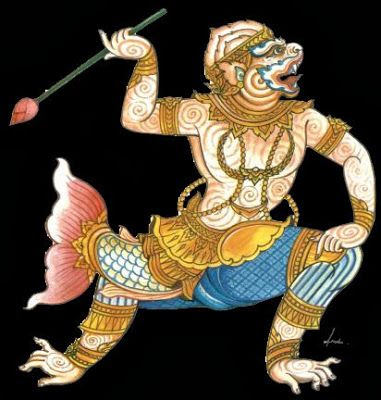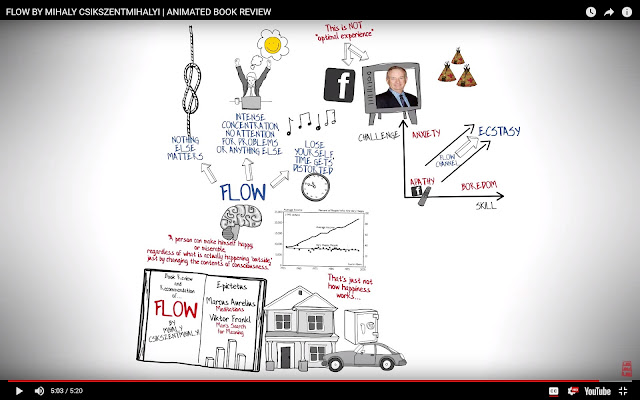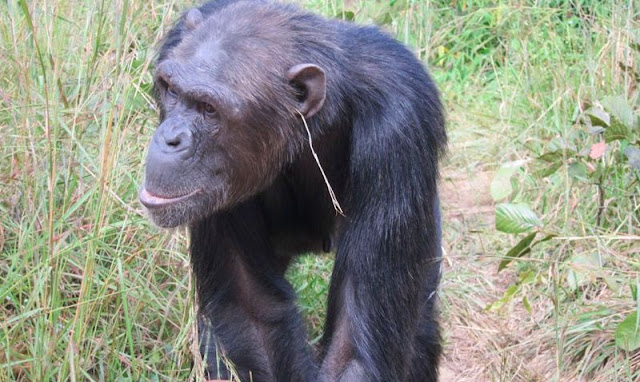Wikipedia Trail: From Suvannamaccha to Phra Aphai Mani

Suvannamaccha I started here because I am working on a story for my project dealing with Suvannamaccha and Hanuman, who became an item during the bridge construction in the Ramayana according to Thai folklore. Mermaids and Suvannamaccha in particular are strongly associated with luck in Thai culture, and banners of her can be found in many public places in older towns. Macchanu Macchanu is the son Suvannamaccha had without Hanuman's knowledge. Many years after their dalliance, Hanuman and Macchanu are fighting on opposite sides of a battle and see and recognize each other even without having met. Macchanu is described as a half-fish, half-monkey with serious battle skills. Here's an image of what he supposedly looks like. Macchanu Image Source: Detechter Matchanu-class Submarine The Thai Navy actually used Matchanu (an alternative form of Macchanu) as the name for a submarine, and there were a whole category of mythical-name vessels used way back in the late ...







